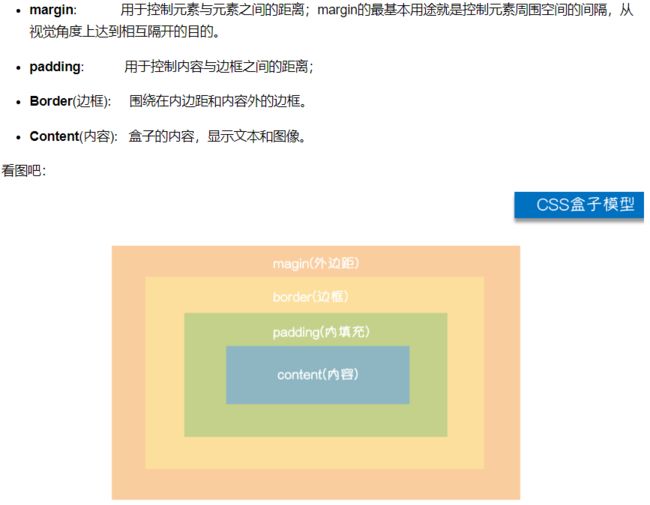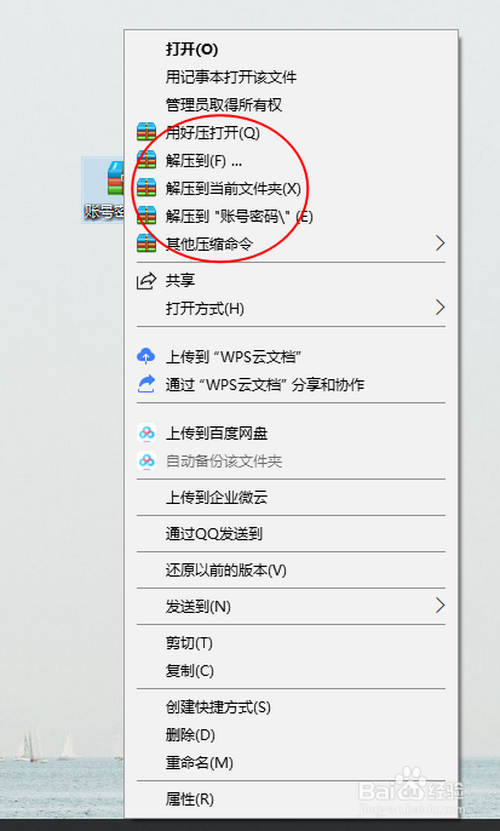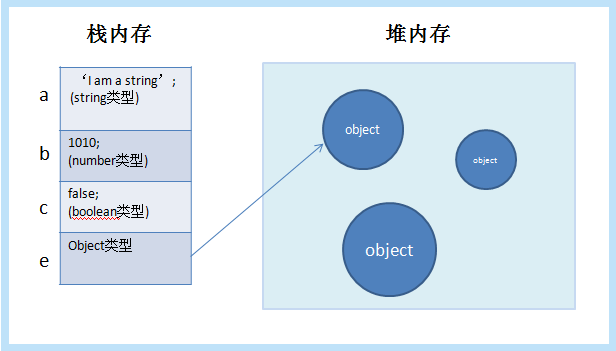MNIST(手写识别)实例运行
首先,你必须有一个编译环境,并且已经正确编译安装。环境配置参考:
一、MNIST 运行1)先下载训练数据
四个包都下载下来,在下面代码的运行目录下创建一个目录,把四个包放在里面
train–idx3-ubyte.gz:设置(字节)
train–idx1-ubyte.gz:设置(28881字节)
t10k–idx3-ubyte.gz:测试集(字节)
t10k–idx1-ubyte.gz:测试集(4542字节)
当然你也可以不下载,前提是运行服务器可以正常访问下载目录。如果有问题,请参考【问题1)】解决)
2) MNIST 代码 A:旧版本(在官方教程中)
中文:
完整代码如下:mnist.py
import input_data
import tensorflow as tf
FLAGS = None
mnist = input_data.read_data_sets('MNIST_data', one_hot=True)
x = tf.placeholder("float",[None,784])
w = tf.Variable(tf.zeros([784,10]))
b = tf.Variable(tf.zeros([10]))
y = tf.nn.softmax(tf.matmul(x,w) + b)
y_ = tf.placeholder("float",[None,10])
cross_entroy = -tf.reduce_sum(y_ * tf.log(y))
train_step = tf.train.GradientDescentOptimizer(0.01).minimize(cross_entroy)
init = tf.initialize_all_variables()
sess = tf.Session()
sess.run(init)
for _ in range(1000):
batch_xs, batch_ys = mnist.train.next_batch(100)
sess.run(train_step,feed_dict ={x:batch_xs,y_:batch_ys})
correct_prediction = tf.equal(tf.argmax(y,1),tf.argmax(y_,1))
accuracy = tf.reduce_mean(tf.cast(correct_prediction,"float"))
print sess.run(accuracy, feed_dict={x:mnist.test.images, y_:mnist.test.labels})
.py
from __future__ import absolute_import
from __future__ import division
from __future__ import print_function
import gzip
import os
import tempfile
import numpy
from six.moves import urllib
from six.moves import xrange # pylint: disable=redefined-builtin
import tensorflow as tf
from tensorflow.contrib.learn.python.learn.datasets.mnist import read_data_sets
运行
mnist.py
2)新版本.py
.py文件内容相同,.py文件不同
.py文件目录:
\\mnist.py
完整代码:
from __future__ import absolute_import
from __future__ import division
from __future__ import print_function
![图片[1]-TensorFlow MNIST(手写识别 softmax)实例运行-唐朝资源网](https://images.43s.cn/wp-content/uploads//2022/06/1655198377280_2.png)
import argparse
import sys
import os
os.environ['TF_CPP_MIN_LOG_LEVEL']='2'
import tensorflow as tf
from tensorflow.examples.tutorials.mnist import input_data
import tensorflow as tf
FLAGS = None
def main(_):
# Import data
mnist = input_data.read_data_sets(FLAGS.data_dir, one_hot=True)
# Create the model
x = tf.placeholder(tf.float32, [None, 784])
W = tf.Variable(tf.zeros([784, 10]))
b = tf.Variable(tf.zeros([10]))
y = tf.matmul(x, W) + b
# Define loss and optimizer
y_ = tf.placeholder(tf.float32, [None, 10])
# The raw formulation of cross-entropy,
#
# tf.reduce_mean(-tf.reduce_sum(y_ * tf.log(tf.nn.softmax(y)),
# reduction_indices=[1]))
#
# can be numerically unstable.
#
# So here we use tf.nn.softmax_cross_entropy_with_logits on the raw
# outputs of 'y', and then average across the batch.
cross_entropy = tf.reduce_mean(
tf.nn.softmax_cross_entropy_with_logits(labels=y_, logits=y))
train_step = tf.train.GradientDescentOptimizer(0.5).minimize(cross_entropy)
sess = tf.InteractiveSession()
tf.global_variables_initializer().run()
# Train
for _ in range(1000):
batch_xs, batch_ys = mnist.train.next_batch(100)
sess.run(train_step, feed_dict={x: batch_xs, y_: batch_ys})
# Test trained model
correct_prediction = tf.equal(tf.argmax(y, 1), tf.argmax(y_, 1))
accuracy = tf.reduce_mean(tf.cast(correct_prediction, tf.float32))
print(sess.run(accuracy, feed_dict={x: mnist.test.images,
y_: mnist.test.labels}))
if __name__ == '__main__':
parser = argparse.ArgumentParser()
parser.add_argument('--data_dir', type=str, default='/tmp/tensorflow/mnist/input_data',
help='Directory for storing input data')
FLAGS, unparsed = parser.parse_known_args()
tf.app.run(main=main, argv=[sys.argv[0]] + unparsed)
数据路径不同,把训练数据复制过去:
cp /*.gz /tmp//mnist//
运行:
.py
© 版权声明
本站下载的源码均来自公开网络收集转发二次开发而来,
若侵犯了您的合法权益,请来信通知我们1413333033@qq.com,
我们会及时删除,给您带来的不便,我们深表歉意。
下载用户仅供学习交流,若使用商业用途,请购买正版授权,否则产生的一切后果将由下载用户自行承担,访问及下载者下载默认同意本站声明的免责申明,请合理使用切勿商用。
THE END






















暂无评论内容